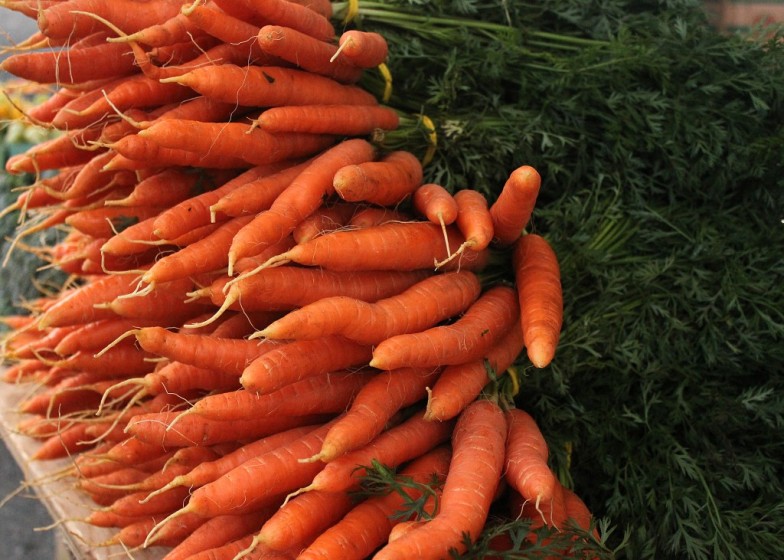On Saturday, Select Nova Scotia invited us to give a presentation at Saltscapes about buying local on a budget, including tips, tricks, and easy switches we learned eating on a budget of just $4 per person per day, committing half that to locally grown or produced products. Thank you to everyone who came out to participate in the conversation! I can’t think of a nicer way to spend the morning than connecting with new people over local food.
We’ve broken the information from that presentation down into bite sized pieces, and over the next few posts, we’ll share how to get the most out of your local food purchases, helpful resources for learning what local food is available, when it’s available, where you can get it, and how to plan a local food menu on a budget, and fun food hacks.
In this first post, we look at affordable year-round and affordable seasonal local options.
The fastest, easiest way to add a little local without changing your budget is switching a few local staples that cost the same (or less) as their non-local equivalents. The list below are items available most of the year in Nova Scotia, and that generally cost the same or less as an import:
- Root veggies: potatoes, squash, parsnips, carrots, onions.
- Local beer: There are so many options here, and while growlers are the best option for cost savings, widely available bottled local beer brands like Garrison, Propeller, and Boxing Rock are within a dollar of other beer options in the NSLC. See a complete guide to our great and growing craft beer scene HERE.
- NS wine: Prices vary, but budget options are available. We like Habitant Blanc ($11 – Jost), NS White ($14 – Grand Pre), NS Red ($14 – Grand Pre) Valley Roads Rose ($11 – Jost), Avon Blanc ($13.50 – Sainte Famille).
- Apples: NS is the home of the Annapolis Valley and apples keep very well in cold storage.
- Fresh herbs: Available in early spring until late fall, and often less than grocery store equivalents.
- Prepared goods like dips, spreads, and pepperoni.
- Dairy – including specialty dairy like butter, yogurt and ice cream (but excluding cheese*).
- Eggs.
Come summer and fall, the list of affordable local foods gets much longer. Sometimes, these prices can vary week-to-week, as harvests come to their full fruition. Think of those glorious weeks when rhubarb, fiddleheads, corn, berries, tomatoes and apples hit their peak harvest, when it feels like you don’t have enough recipes for the bounty. Other items to keep an eye on for seasonal savings are:
- zucchini
- peppers
- cucumbers
- leeks
- spinach and other greens
- peaches
- pears
- blueberries
- broccoli
- rhubarb
- fiddleheads
- corn
- berries
- tomatoes
- peas and fresh beans
We’ve learned that everyone has something to contribute when it comes to conversations around food, and we hope you’ll join in on the conversation and share your tips. No two of us are exactly alike when it comes to feeding ourselves and our families. There are many factors outside of budget like access, transportation and food prep skills that make putting food on the table difficult. We hope that as more of these conversations around food and food security continue to take place, the more we can learn from each other, grow, and find ways to improve our food system.
*While you won’t find much budget cheese that’s locally made, our artisan cheeses are priced on par with artisan imports.
Part Two is now up – Click here for tips on reducing waste and getting the most out of your local purchases.






